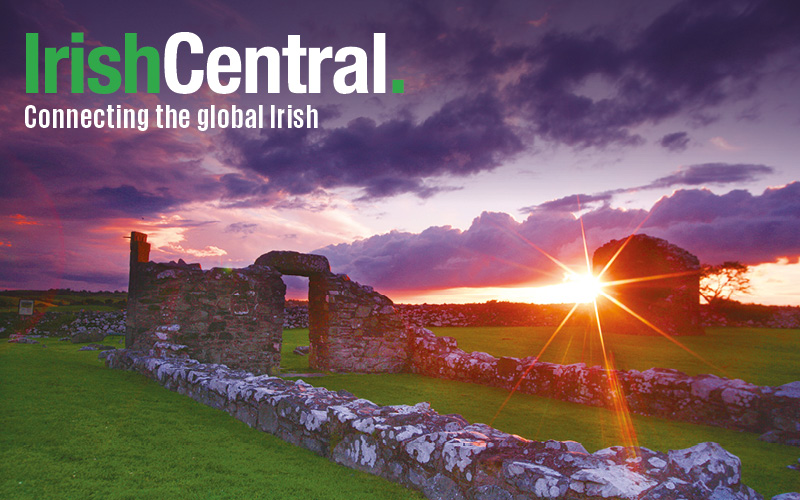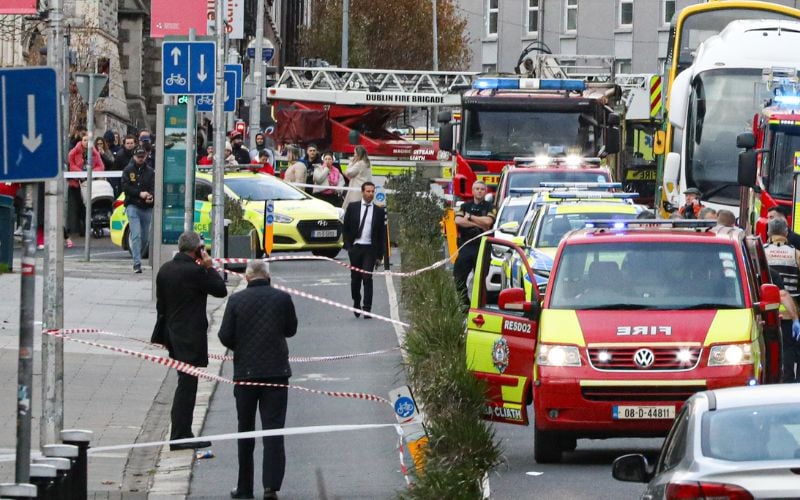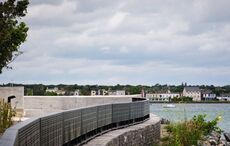65 members of the recreated 28th Massachusetts Volunteer Infantry, better known as the Irish Brigade, will be joining some 10,000 reenactors for the 150th commemoration of the historic Battle of Gettysburg that occurred during the American Civil War in 1863.
The recreated 28th Massachusetts Volunteer Infantry is an Attleboro-based living history unit that portrays the fourth regiment of the legendary Irish Brigade.
The Battle of Gettysburg was a pivotal point in not only the Civil War, but in the future of America as a nation. The 28th Massachusetts Volunteer Infantry played an important role during the battle that lasted from July 1-3 in 1863.
Now, 150 years later, reenactors will convene on June 27-30 in an event sponsored by the Blue-Gray Alliance, a partnership of reenactment organizations dedicated to preserving and accurately portraying Civil War history. The commemorative event will take place on farmland in Freedom Township, Pennsylvania, a few miles from Gettysburg National Military Park.
A press release from the organizers of the event summarized the importance the Irish Brigade played in the Battle of Gettysburg.
On July 2, 1863, the 28th Massachusetts was ordered with the rest of the Irish Brigade to reinforce the faltering left end of the Union line. After kneeling to receive general absolution from the brigade's Roman Catholic chaplain, Father William Corby, the Irishmen advanced first into the Wheatfield and then into a forested area beyond it known as the Stony Knoll, catching the Confederates by surprise.
Afterwards, the regiment's commanding officer Col. Richard Byrnes, wrote: “We forced them [the Confederates] to retire from this eminence, and advanced over the top and almost to the bottom of the other side of the hill, being all the time exposed to a very severe fire of musketry, and losing many men in killed and wounded.”
Rebels not overtaken or captured fled into the woods and through the fields of a farm beyond. But before the Irishmen could celebrate a hard-won victory, they were flanked on the right by Confederate reinforcements who had broken through in the Peach Orchard.
Facing imminent capture, Col. Byrnes picked up the regimental colors and “brought my command from the field, losing many men from the concentrated fire of the rebels. Our loss in this action was 100 in killed, wounded, and missing, out of 224 taken into the engagement.”
By the morning of July 3, the 28th Massachusetts had entrenched itself on Cemetery Ridge. Suddenly, the ominous stillness was broken with a barrage of Confederate artillery fire, which while it was heavy, mostly flew over the heads of the Irish, landing on higher ground behind them.
"The enemy kept up an extremely heavy fire of artillery, and made two attempts to force our lines, but were repulsed on each occasion with great loss,” Col. Byrnes wrote. “On account of being sheltered... we suffered no casualties from the enemy's fire.”
When the cannonade stopped, the rebel advance that came to be known as Pickett's Charge began. The Confederate objective was the center of the Union position, more than a mile to the right of the Irish Brigade. In spite of the distance, the men of the 28th Massachusetts fired long-range volleys at the passing rebel troops and brought in prisoners who surrendered near their lines.
Four days after the repulse of Pickett's Charge and two after the rebels withdrew from Gettysburg, the 28th Massachusetts remained in position on Cemetery Ridge, seeking to locate and bury its dead. The war would continue for nearly two more years, but Confederate victory was now a forlorn hope.
To learn more about the 28th Massachusetts Volunteer and the Irish Brigade, head to http://www.28thmass.org/.




Comments